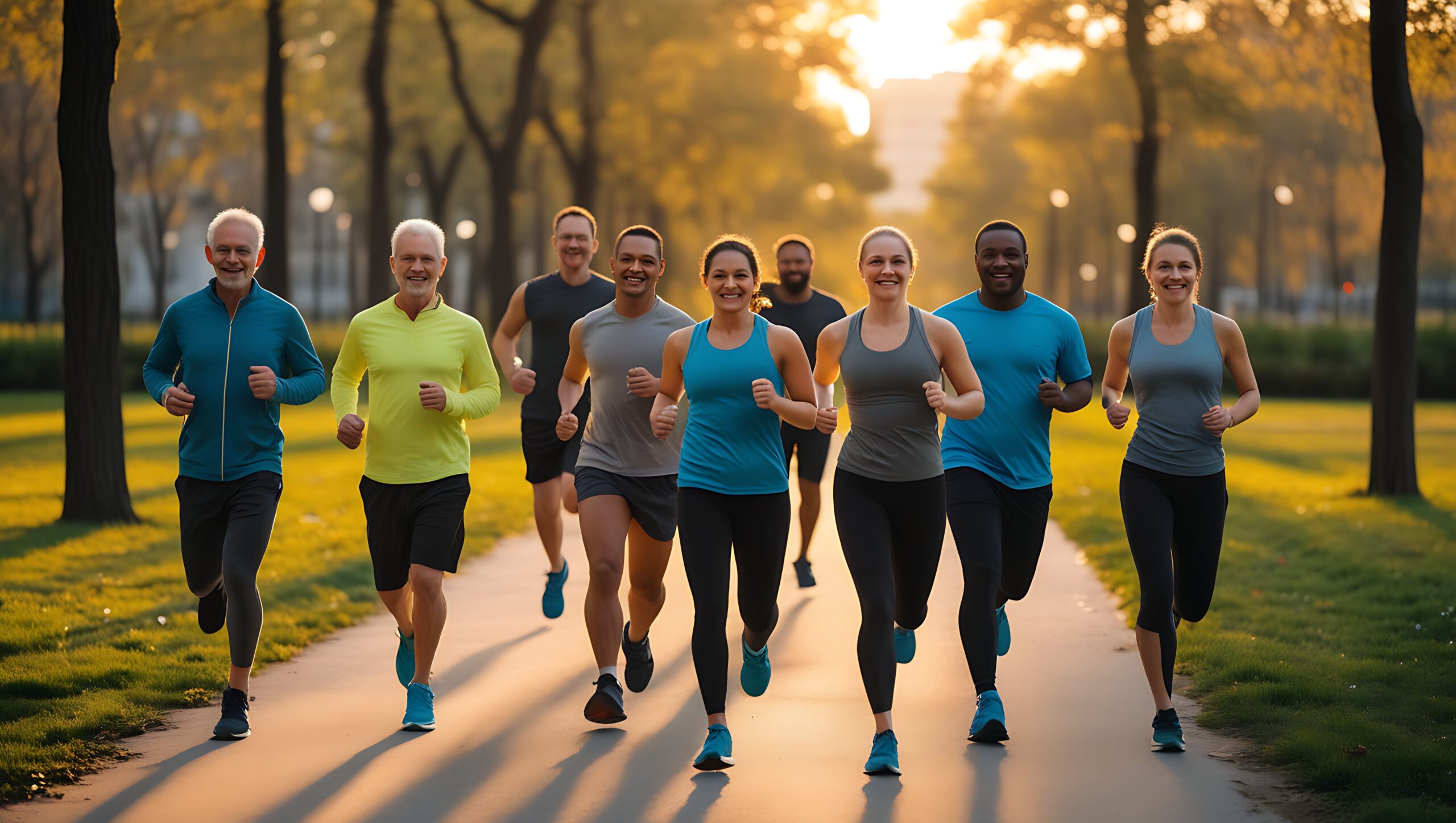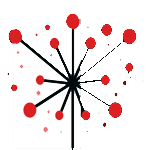The Ultimate Guide to Exercise: Benefits, Types, and How to Get Started in 2025
Staying active has never been more important. In 2025, with sedentary lifestyles on the rise due to work-from-home routines and digital entertainment, regular exercise is essential for maintaining both physical and mental well-being. Whether you’re just starting out or looking to revamp your fitness journey, this comprehensive guide will help you make informed choices.

Why Exercise Matters More Than Ever
Exercise goes beyond weight loss or muscle gain. It impacts nearly every aspect of health:
- ✅ Boosts Heart Health: Reduces blood pressure, improves circulation, and lowers the risk of cardiovascular diseases.
- Improves Mental Health: Releases endorphins, reducing stress, anxiety, and symptoms of depression.
- Enhances Metabolism: Increases energy levels and helps maintain a healthy weight.
- Promotes Better Sleep: Regular activity helps regulate sleep cycles and improves sleep quality.
- Strengthens Bones and Joints: Especially important with age to prevent conditions like osteoporosis.
Top Exercise Trends in 2025
- Hybrid Fitness Programs
Combining in-gym and at-home routines, hybrid workouts give flexibility and continuity. - Wearable Tech Integration
Smartwatches and fitness apps track your progress, optimize workouts, and even provide AI coaching. - Mind-Body Workouts
Pilates, yoga, and tai chi are seeing a resurgence, focusing on holistic health and mindfulness. - Functional Training
Exercises mimicking everyday movements to improve real-life strength and mobility. - Short & Effective Workouts
High-Intensity Interval Training (HIIT) and EMOM (Every Minute on the Minute) workouts offer results in less time.
Types of Exercises & Their Benefits
| Exercise Type | Examples | Key Benefits |
|---|---|---|
| Cardiovascular | Running, Cycling, Swimming | Heart health, stamina, fat burning |
| Strength Training | Weightlifting, Resistance bands | Builds muscle, bone density |
| Flexibility & Mobility | Yoga, Stretching | Prevents injury, improves posture |
| Balance & Stability | Tai Chi, BOSU ball workouts | Core strength, fall prevention |
| Functional Fitness | Kettlebell swings, Lunges | Everyday movement, injury reduction |
How to Start (or Restart) Your Fitness Journey
- Set SMART Goals
Specific, Measurable, Achievable, Relevant, Time-bound goals keep you focused. - Choose Activities You Enjoy
Consistency is key—don’t force yourself into a routine you hate. - Start Slow, Progress Gradually
Overtraining leads to injury. Aim for 150 minutes of moderate activity per week to start. - Track Your Progress
Use fitness apps or journals to stay motivated and measure success. - Rest & Recovery
Don’t skip rest days. Your body needs time to rebuild and grow stronger.
Final Thoughts
Exercise in 2025 is more adaptable, tech-savvy, and personalized than ever. Whether you’re walking daily or lifting heavy, movement is medicine. The best workout is the one you’ll stick to, so start with what feels right and build from there.


